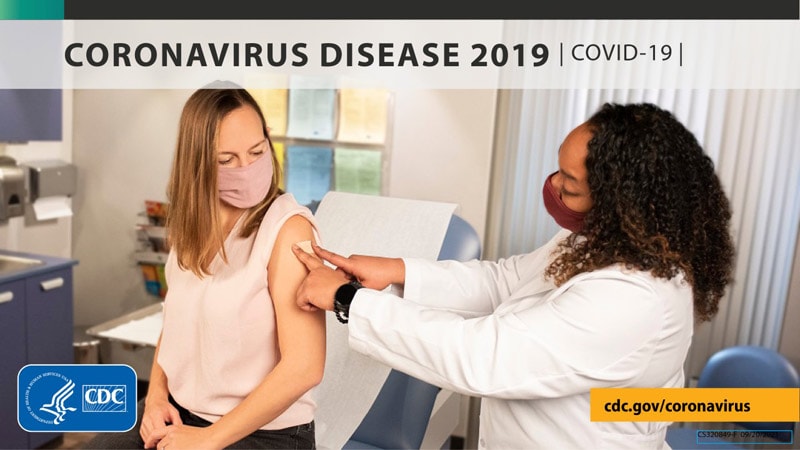With the vaccine, that "risk to others" is VERY small now. There is always some risk in everything we do. We can't babysit everyone in society.
Furthermore, FORCING universal mask wearing is just incentivizing these people further not to get vaccinated and creating a positive feedback loop to their anti government mindset. If anyone in government had a brain, they would incentivize these people, not find a way to reinforce their beliefs of Gov=bad.
How many conversations have you had with vaccine hesitant people where they have said "well, if the vaccine is so effective, why does the government want us to keep wearing a mask?" Seriously, like it or not, it is a valid argument, especially for the "simple minded" that constitute so much of our population.
I've got ZERO worries about the 17 and under population. Both the hospitalization rate and death rates from COVID-19 for these groups are lower than even with seasonal influenza (and that is in a partially vaccinated population when considering influenza). I say that as someone with two children in this age group (who will be vaccinated when it is available for them).
And blanket statements like "clearly risk for the vaccinated has increased" are too vague. What are those numbers, exactly? The ones I have seen are so low that they do not justify mask mandates for vaccinated individuals, without exception.
And then we get to the practicality - with the current anti-police environment, who's going to enforce a mask mandate? I 100% guarantee you that cops won't be writing tickets for not wearing masks, so any mandate, aside from things like flying on a plane, is going to be un-enforceable.
And the CDC did NOT recommend universal masking - go check your facts, that's completely wrong:
COVID-19 vaccines protect against COVID-19. Get safety info and more.

www.cdc.gov




